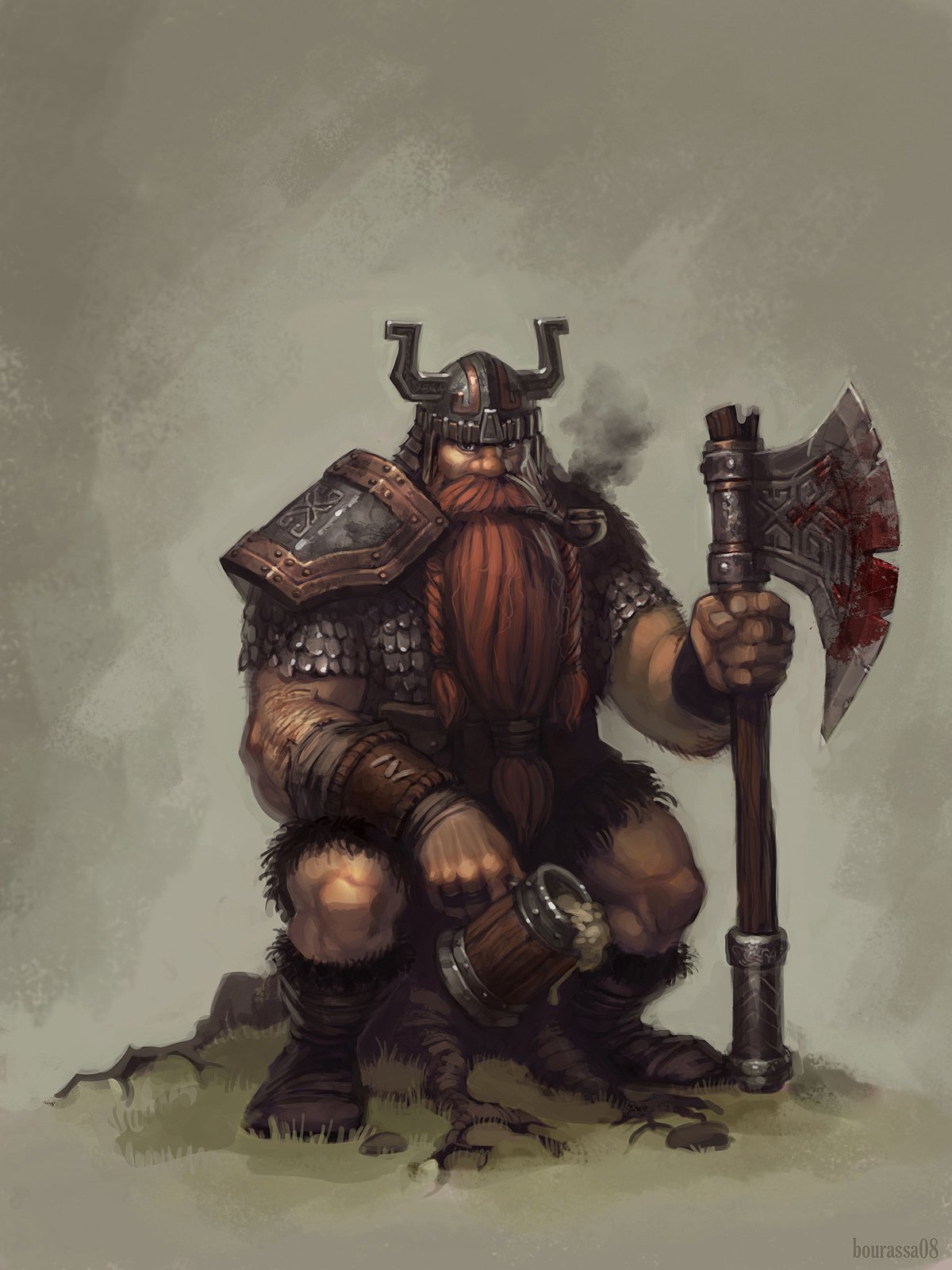Mermaids vs Sirens: All That Glitters Depends On The Story
/In fantasy there is a spectrum. You can go all the way from the light, happy style of Disney films like The Little Mermaid with Ariel's obsession with sparkly human things, to darker depictions like the sirens in the Percy Jackson books. Of course, that is not really a good comparison because while the terms ‘mermaid’ and ‘siren’ are often used interchangeably, there is actually a large difference between them.
Mermaids are beings that have shown up through several cultures, most notably European culture. Sirens on the other hand are rather strictly identified through Greek mythology.
Mermaids
Mermaids are seen in most cultures as beautiful women with a fish tail instead of legs. There are many songs from seaside towns that tell stories of sailors falling for the singing creatures from under the sea. You can even find mermaids in the Pirates of the Caribbean series, and they are indeed beautiful.
Characters like Ariel from The Little Mermaid are often shown to wear seashell bras, but many paintings of mermaids show that their breasts are only covered by long flowing hair, or not at all. Ironically enough, the hair always seems to be dry when above land despite their frequent swimming.
I don’t know about anyone else, but as soon as my head goes under water, my hairstyle doesn't stay put. Of course, maybe that’s just part of the mermaid magic.
Sirens
Sirens are depicted as mixtures of women and birds. Sometimes they were said to have wings, other times they had bird legs. Rather than being known for their looks, sirens are widely recognized as dangerous creatures. They live on an island and sing to lure sailors in. When the sailors approach, their ships are wrecked against the sharp rocks around the island.
Either that or the sailors themselves get impaled on the rocks as they try to swim closer. It’s not exactly the type of story Disney would go for.
Perhaps the myth they were most famous for is in Odyssey. Before Annabeth Chase ever wanted to hear what the Sirens would sing to her in The Sea of Monsters, Odysseus had his men plug their ears with wax and tie him to the mast so he could hear the song without getting himself killed, because why not.
Now, mermaids and sirens do have similarities. They are both said to have enchanting voices that lure in sailors. Eventually some people started giving sirens fish tails instead of the original bird legs and wings, making them more like the mermaids of Europe. However, one key difference found in the mythology is the reasoning.
With Sirens they seem to lure people to their deaths because they can. In some myths it was even said that they were fated to die should anyone survive their singing.
Mermaids on the other hand, are understandable. Men would try to capture them as trophies to display, or for their scales, or tears. If people were always trying to kidnap you and your family and friends, you’d want revenge too.
There is nothing wrong with using the terms ‘mermaid’ and ‘siren’ interchangeably. However, in knowing the difference, more options are opened up in what can be done with these creatures — with the characters. After all, wicked sea creatures with beautiful voices are fantasy gold.
Emily-Rose Moskau
Emily-Rose is a student at Algonquin College. Her favourite genre to read and write is fantasy. In her free time she can be found surrounded by various creative projects, be it visual art, sewing, baking, or writing.












